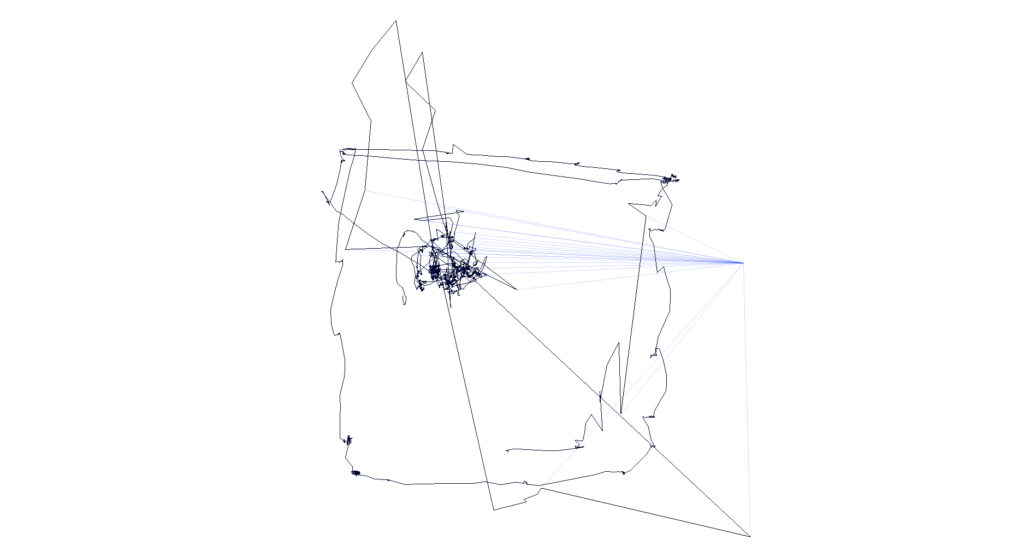The selected drawings below are the outcome of an exploration where I attempted to draw my self-portrait with eye-tracking technology. For these specific projects, I wore the Pupil Core monocular eye-tracking headset while drawing myself by looking at a mirror or live-feed footage such as the iPad’s selfie camera.
These drawing exercises occurred between April-November 2020.
Eye-tracking drawing self-portrait from a mirror, June 2020
Digital drawing with eye-tracking
Pupil Core monocular eye-tracker, Pupil Player, Rhino 3D
Self-portrait with an eye-tracker, September 2020
Digital video loop with eye-tracking
Pupil Core monocular eye-tracker, Pupil Player, Rhino 3D, 3D scan with 3Dim
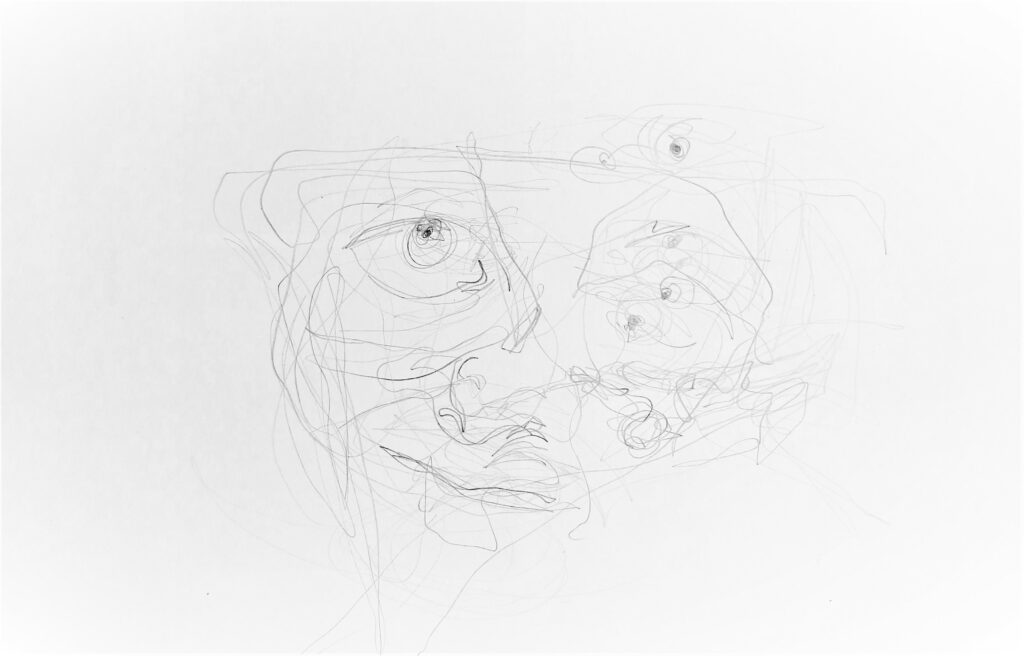
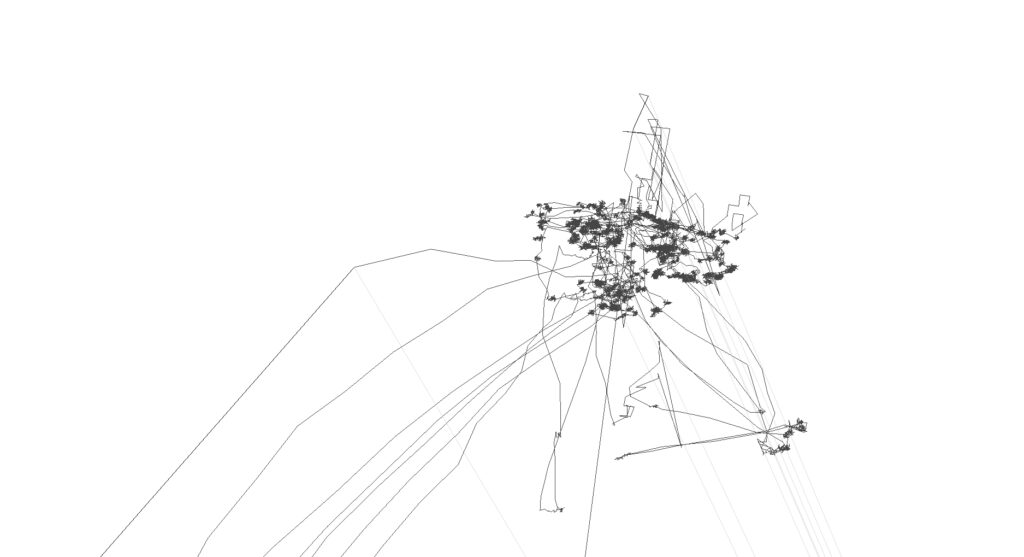
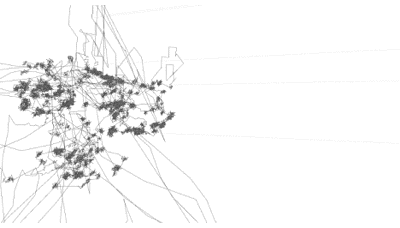
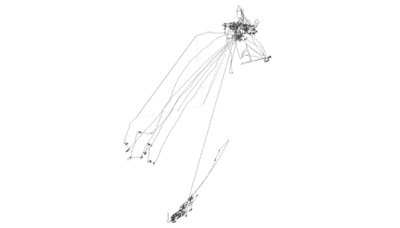
Eye-tracking drawing self-portrait from my selfie-camera, September 2020
Digital drawings with eye-tracking & blind-drawn pencil drawing
Pupil Core monocular eye-tracker, Pupil Player, Rhino 3D
Post-processing documentation while eye-tracking drawing self-portrait from my selfie-camera, September 2020
Selected post-processing developments:
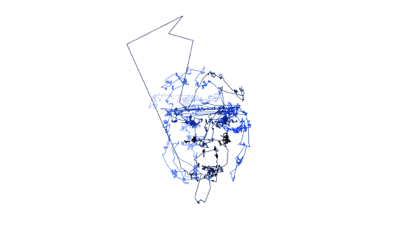
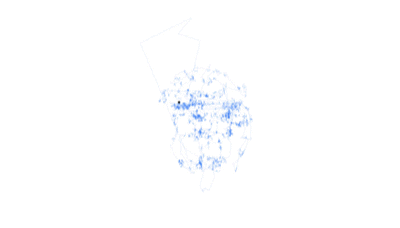
Two selected post-processing developments of resulting eye-tracking self-portraits, September 2020
Digital video loop with eye-tracking
Pupil Core monocular eye-tracker, Pupil Player, Rhino 3D
(Top) After the generation of the eye-tracking data into a linear drawing, a blue-black colour gradient was applied. The lightest tone is representative of the first eye-tracking points captured during the drawing exercise, and the darkest tone of the latest. This gives temporal value to the digital line, as well as an aesthetic depth.
(Bottom) After the generation of the eye-tracking data into a linear drawing, a semi-transparent blue colour was applied. The gaze was rendered as a moving point along the digital drawing.
